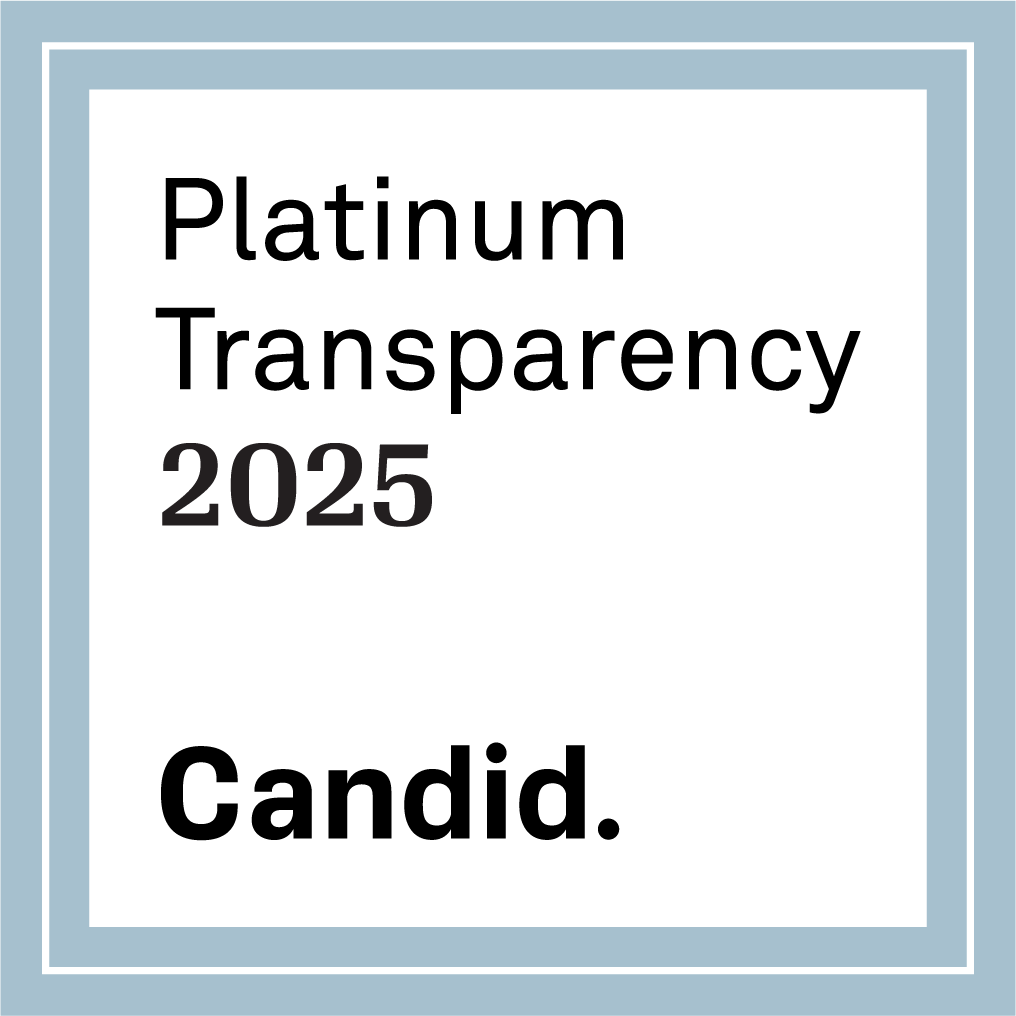As a part of Pride Month, Canvas Health’s Rainbow Affinity Group has scheduled a series of LGBTQIA+ Lunch & Learn sessions. Each week over the lunch hour, staff are invited to tune in to the virtual meetings to learn more about the mental health topics relating to this community.
- June 5: Mental Health & Substance Use Disorder: It’s Impact on the LGBTQIA+ Community
- June 12: Macro- and Micro-Aggressions, Oh My!
- June 19: Non-Binary? What does that even mean?
- June 26: Pride: History and Protocol
At the June 5 Lunch & Learn, the group focused on Mental Health and Substance Use Disorder in the LGBTQIA+ Community. Here are some of the facts that were shared with the group that underscore the importance of prioritizing mental health for LGBTQIA+ individuals.
The LGBTGIA+ community tends to have a higher occurrence of both mental health and substance use disorders than the more significant population:
- Individuals who identify within the community who are cisgender are twice as likely as heterosexual, cisgender adults to experience a mental health condition
- Individuals who identify within the community who are transgender/gender non-conforming are nearly four times as likely to experience a mental health condition
- Risk factors for LGBTQIA+ adults include coming out, rejection, discrimination/trauma, substance use, homelessness, inadequate mental health care, and suicide
Many within the community struggle in silence and face worse health outcomes as a result. For example, 40% of transgender adults have attempted suicide in their lifetime, as compared to less than 5% of the general U.S. population. It is also estimated that LGBTQIA+ youth and young adults have a 120% risk of experiencing homelessness for several reasons, including family rejection or discrimination based on gender identity or sexual orientation.
Higher substance use rates within the community can be attributed to several reasons, including higher levels of stress, marketing, and even a lack of cultural humility within healthcare services. Higher levels of stress in the LBGTQIA+ community might be due to social prejudices or even discriminatory laws in areas of daily life (i.e., employment, relationship recognition, healthcare, etc.). Many healthcare providers grow up outside of the community and do not take the time to show cultural humility towards the community. As a result, many problems arise, such as microaggressions. Marketing by using targeted efforts to exploit LGBTQIA+ connections to bars and clubs via alcohol and tobacco has been pervasive. Efforts such as direct advertising in national gay and transgender magazines or sponsorships of events/organizations for LBGTQIA+ issues only further normalize substance use within the community.
The LGBTQIA+ community is only growing as time moves forward. We greatly hope this is due to increased allyship within the broader community. An ally tries to understand what others in the LGBTQIA+ community might be experiencing and lends their voice to help combat issues like those mentioned in this article.
Our role at Canvas Health is to lead with empathy and compassion to make sure that all are welcome at our organization.
Sources
- Trevor Project 2022 Survey https://www.thetrevorproject.org/survey-2022/assets/static/trevor01_2022survey_final.pdf
- Williams Institute Law UCLA https://williamsinstitute.law.ucla.edu/publications/trans-adults-united-states/
- American Progress https://www.americanprogress.org/article/why-the-gay-and-transgender-population-experiences-higher-rates-of-substance-use/
- Human Rights Campaign; https://www.hrc.org/resources/being-an-lgbtq-ally



